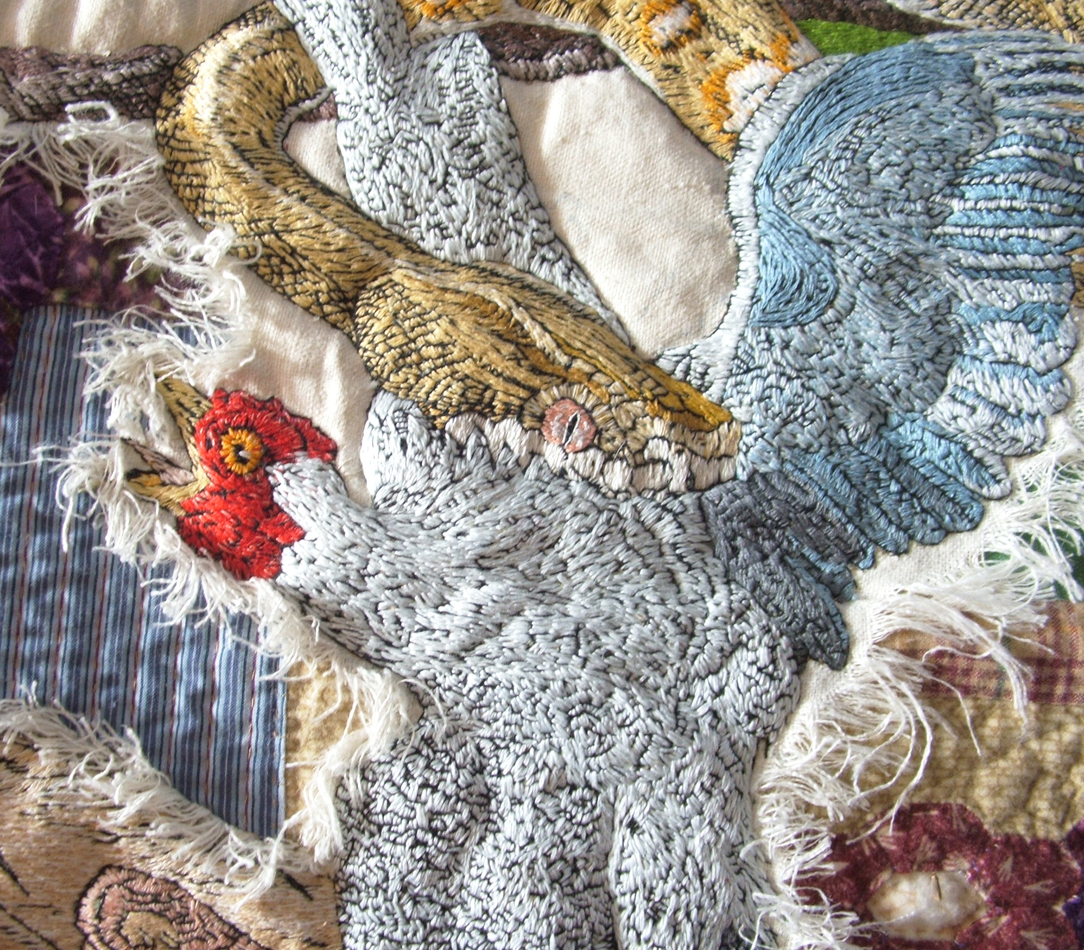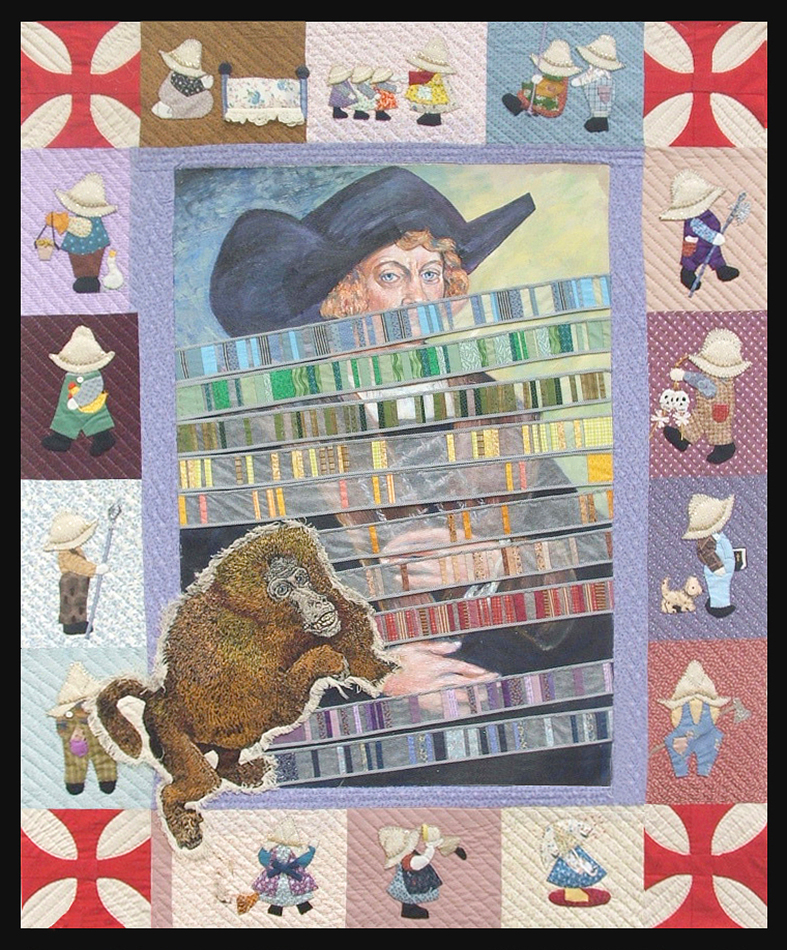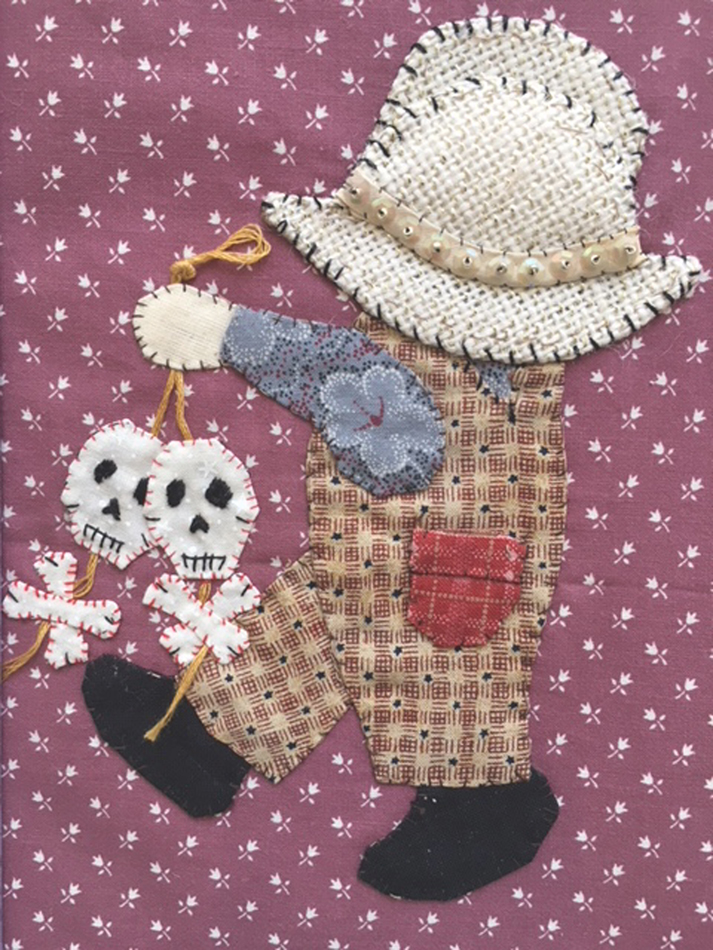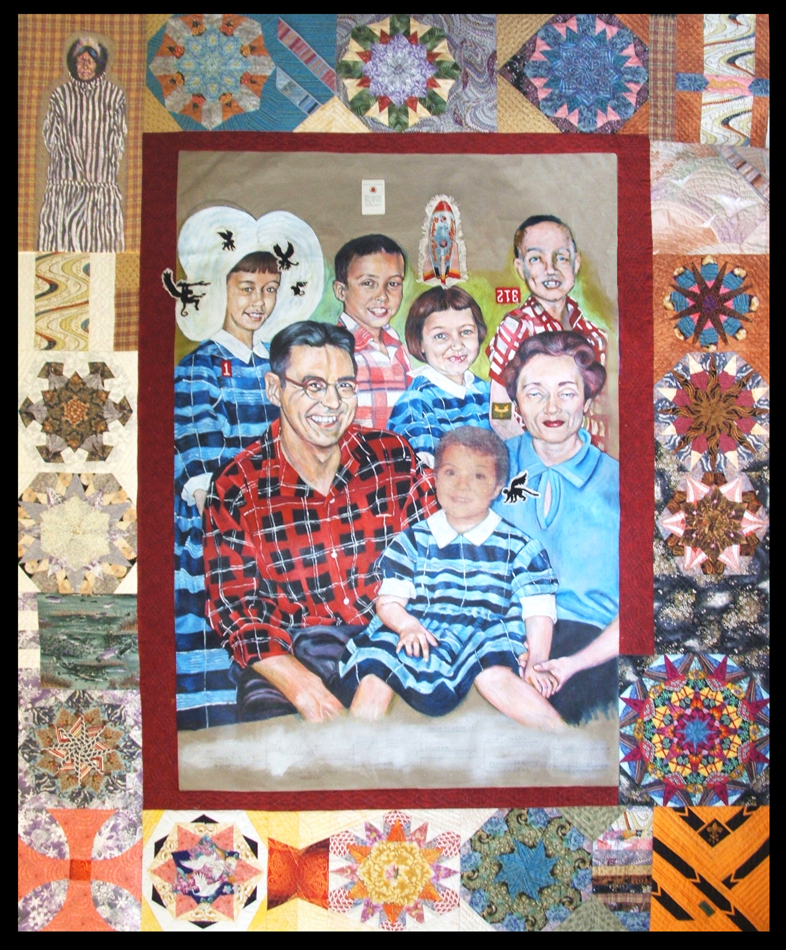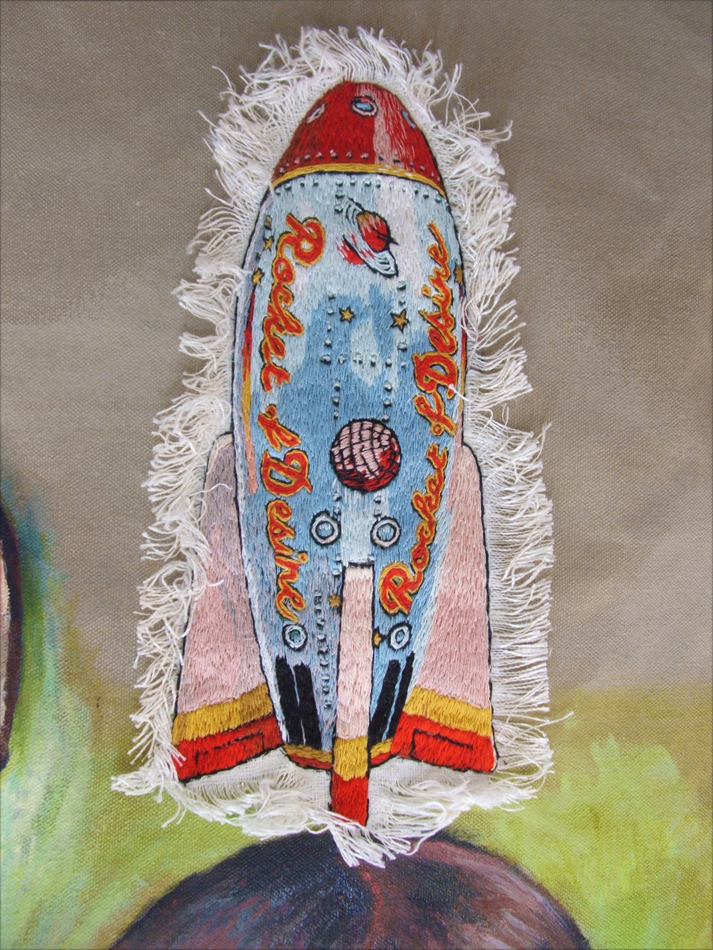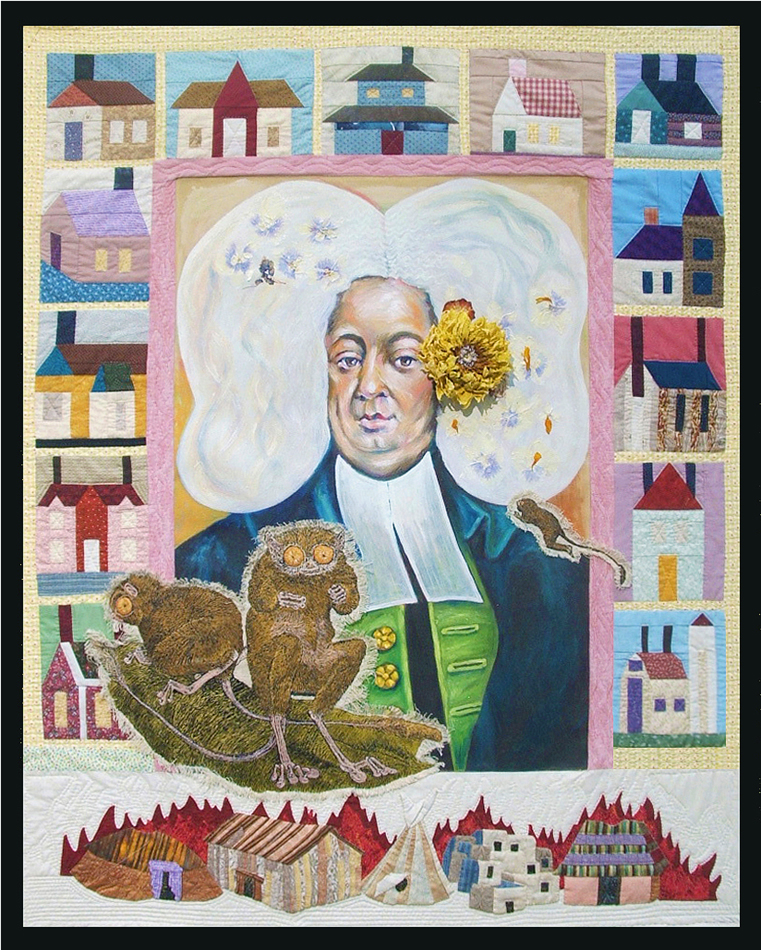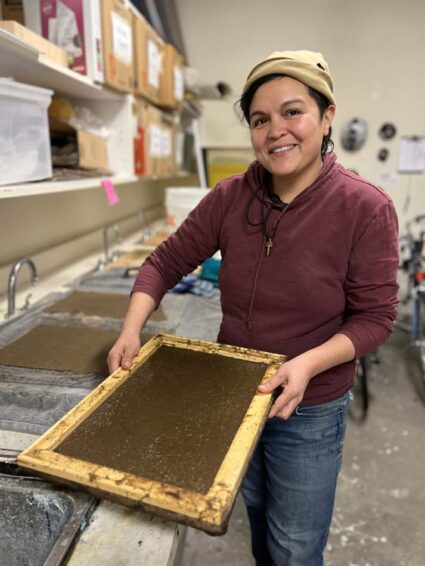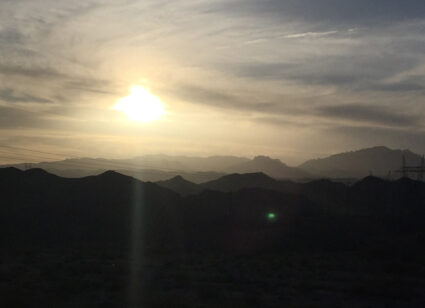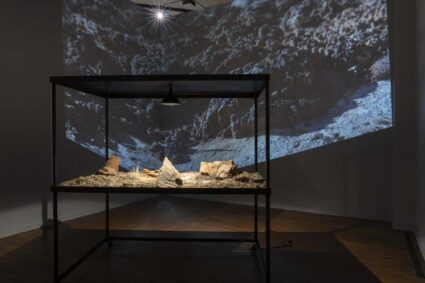Tamara Burgh’s (Swede, Iñupiaq-Kawerak) art practice questions what Indigeneity means and how to move into the future carrying a weighty past.
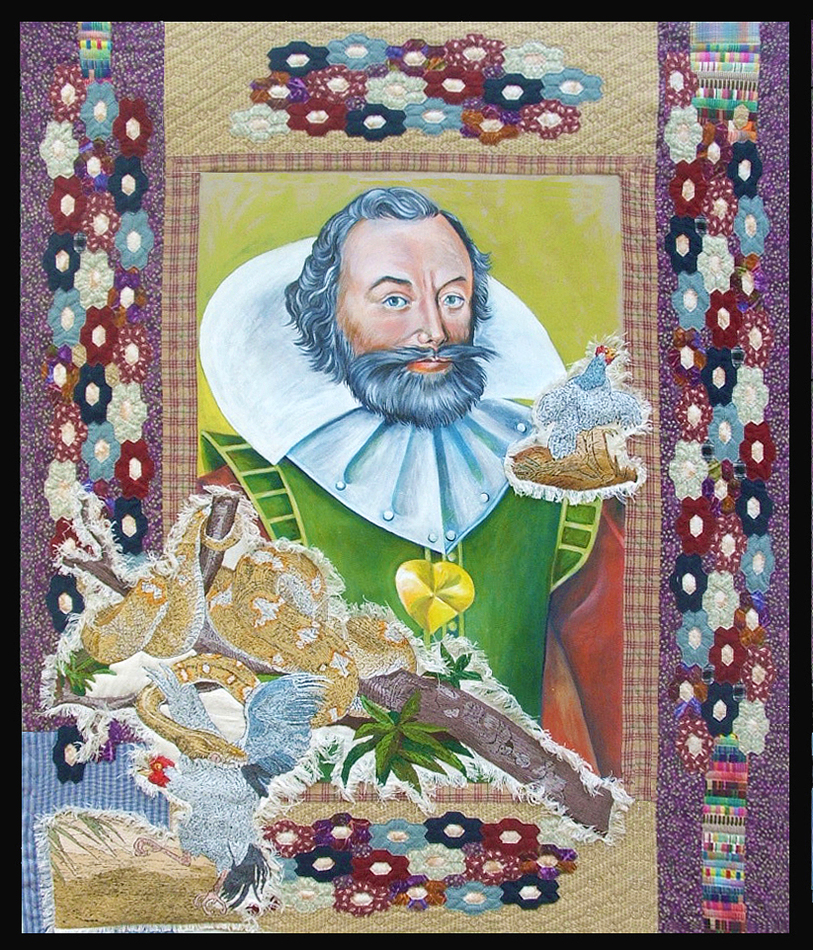
Santa Fe, New Mexico| tamaraburgh.com
Tamara Burgh’s (Swede, Iñupiaq-Kawerak) art practice spans materials, styles, and influences. It ranges from assured but self-effacing watercolor self-portraits to cloud-forward landscapes, intricate shrines telling alternate histories, and elaborate pine needle basketry. Her body of work is undergirded by questions of what might have been, what Indigeneity means to the artist, and how to move into the future carrying the freight of a weighty past.
Her most recent cycle of work shoots these questions through the lens of Burgh’s experience caring for her mother, who suffered from dementia. For more than a decade, it was the “life-altering, life-affirming, and life-saving” work of the artist to look after her. The series includes delicate embroidery and beading on linen, oil paintings, and found items integrated into a whole that becomes a moving meditation on loving and being loved.
Burgh’s poetic sensibilities, literary influences (she notes that her book collection has been very influential), and her Native heritage’s coexistence with the white-dominated world she grew up in all mingle in her work, evidence of a deeply curious artist with allegiance to concept and craft, not confined by medium or tooling. A standout example is Power vs. Force Chart (2019), a quilted reproduction of spiritual teacher and physician David R. Hawkin’s map of self-view and god-view; how each influences the other, and how we as individuals move through the world. A preoccupation with shame surfaces here as it does in several of Burgh’s works, a potent acknowledgment of a touchy emotion, simultaneously disarming and honoring its place in human experience.
Burgh’s work is an otherworld where personal myths mingle with shared archetypes. It is a vulnerable space into which we are generously offered entrance so we might reemerge with new understanding.
